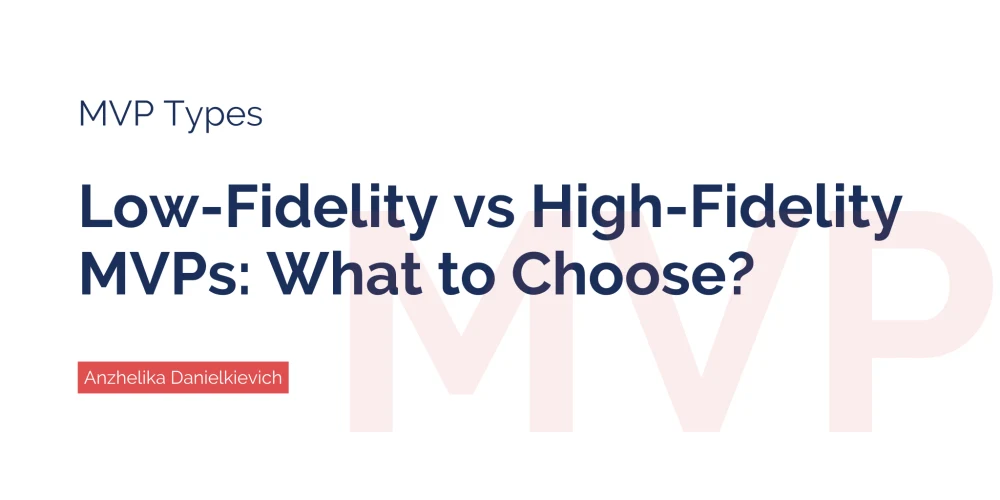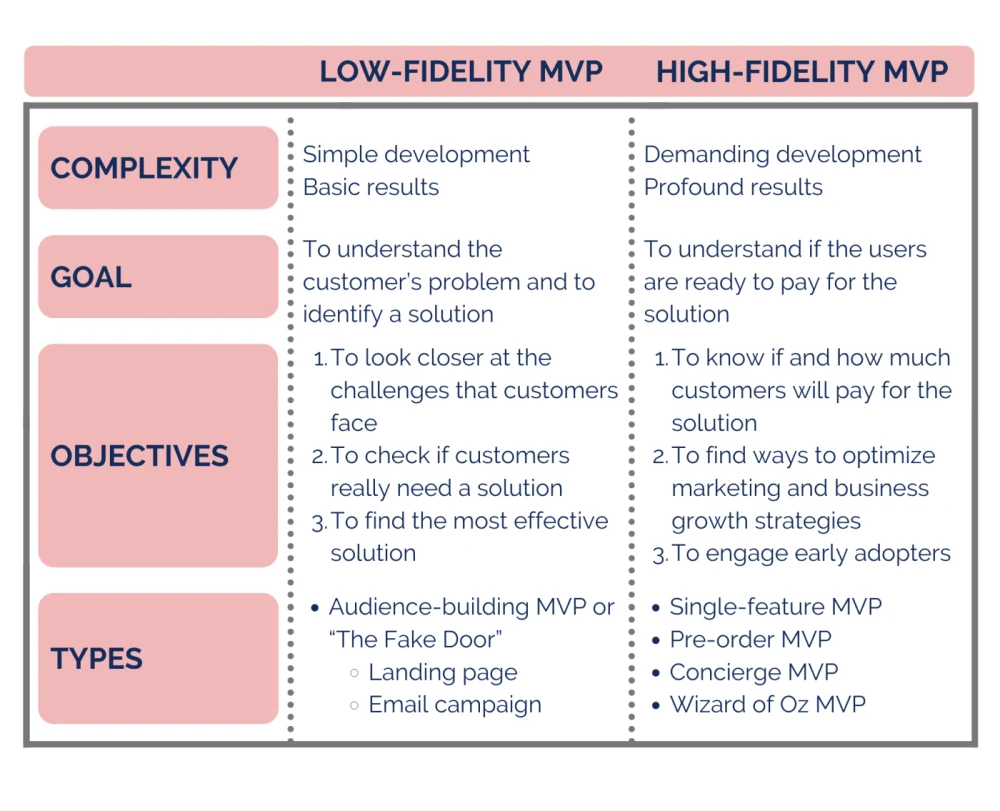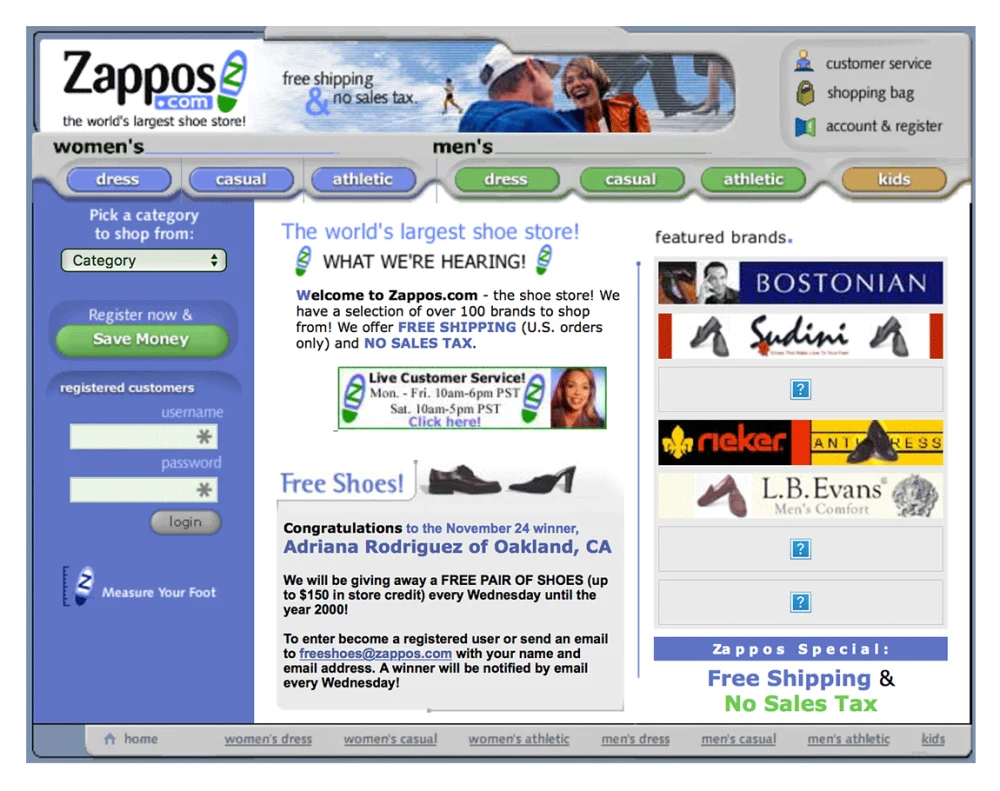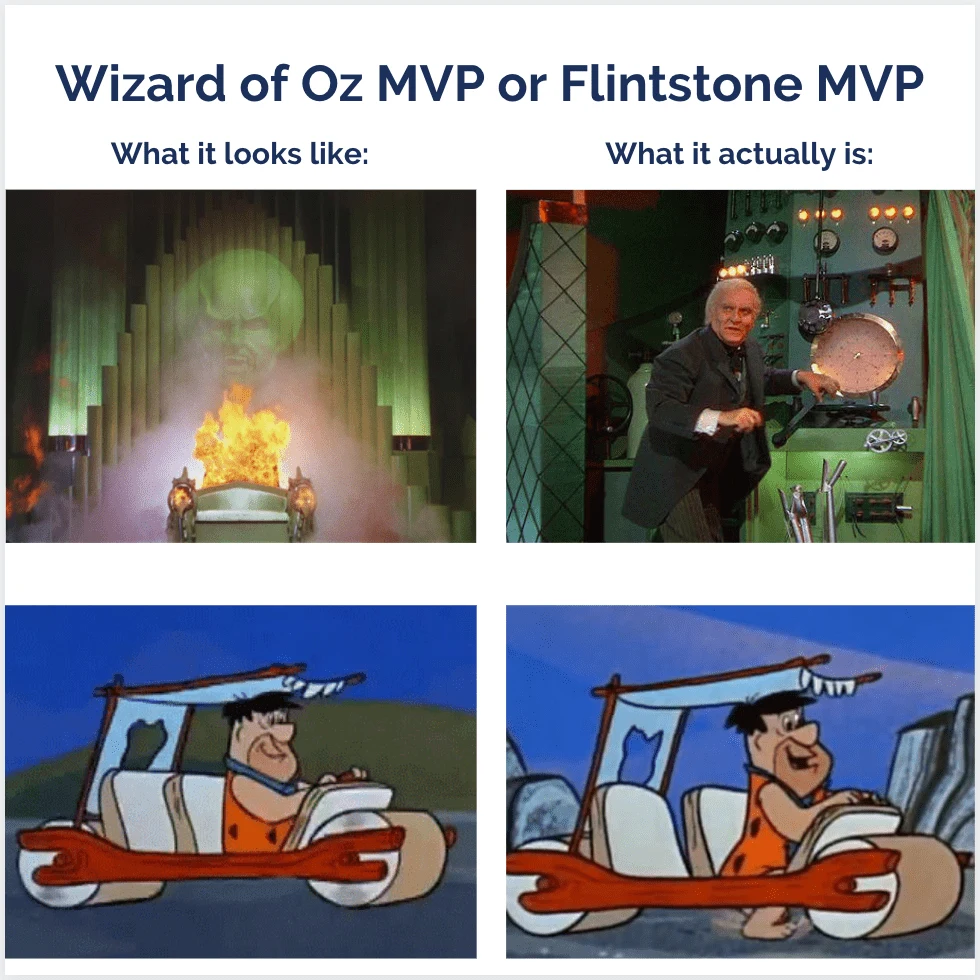What are the types of MVP and which one is the best for you

If you have ever dealt with information technology, you know what minimum viable product development is. Generally, MVP refers to the primary version of your product designed to assess a product’s potential and examine it from the perspective of future clients.
MVP usually includes enough functions to make the product usable and present it to customers. The latter evaluate it and leave their feedback. In this regard, clients’ response is of great value. It allows you to analyze your ideas from a fresh perspective. To put it simply, the MVP test gives you the chance to save money, time, and effort via using a “trial” version of a product.
Why MVP
There are numerous advantages that MVP can give you. Better safe than sorry – this is how I describe the purpose of developing MVPs.
- Understand the potential of your product
MVP gives you a better understanding of your clients’ needs. Sometimes, the most creative and interesting ideas turn out to be impractical in real life. Developing MVP will help you make sure that customers appreciate your vision of a technological solution.
- Make your idea clear and relevant
MVP enhances the clarity of your idea. In the course of the development process, you get the chance to improve your future product’s functionality. Maybe, some features will turn out to be irrelevant, while others will become double important. I know many cases when MVP outperformed expectations and improved clients’ experience.
- Build relationships with your audience
With MVP, you form the ground for the relationships with your clients. When you choose to develop MVP, you show that users’ opinion really matters. You show that your goal is not narrowed to profit-making. You aim to establish long-lasting relationships with your users and literally “hear their voices.” If you share my opinion, then MVP will be a perfect choice for you.
- Reduce risks and save money
The most interesting point: you deploy your app with minimum risks and minimum costs. Of course, you can think first, “But what is the point in investing in MVP if I can invest in a final and fully-fledged product?” To answer this, just evaluate the risks of developing MVP versus the final product. I would say there is a clear difference between “giving it a try” and “put everything on the line”. With MVP, you will not lose all your money. You will have the chance to improve your solution. You will understand the essence of your idea better.
Types of MVP
Before we examine each type more in-depth, let me generally explain how MVPs can differ. In order not to startle you at the very beginning of my ballade about MVP, let’s classify all MVPs types into two broad categories: low-fidelity MVP and high-fidelity MVPs. While the first are quite primitive, the second are pretty advanced.

Low-Fidelity MVPs
Low-fidelity means primitive in a plain language. Low-fidelity MVPs are easy to develop and provide basic results. The main idea behind the development of low-fidelity MVP is to understand the clients’ needs and give them a solution. However, you should remember that the existence of the need does not necessarily mean that it should be solved. If you are sure that clients face some problem and have an idea of how to solve it, you should also make sure that this problem needs to be solved at all. For customers, everything is a matter of priorities.
Here are some examples of low-fidelity MVP:
- Audience-building MVP or “The Fake Door”
- Landing page
- Email campaign
- Marketing campaign
Let’s move further and review each type.
Audience Building MVP or “The Fake Door”
The task of this MVP is to help you build your target audience. This MVP type aims to attract the audience and make them realize their need. As soon as they do, you will give them a solution. Although audience building MVP does not resemble the final product, it clearly answers the “yes or no” question.
Cost-effective and easy to develop – that’s how I see audience building MVPs. If you are limited in time and want to evaluate the relevance of your initial idea, choose this MVP and get broad audience coverage. Yet, remember: this approach to MVP development does not prove the technical viability of your future product and provides you only with a very general picture.
Landing Page
I am sure that everyone has ever come across a landing page on the Internet, but not everyone has realized that it is also one of the types of MVPs. A landing page is a single webpage that describes a product or service in detail. These pages aim to convince clients that a product is worth their attention and they need it.
Landing pages usually consist of different sections. You can often see the headings like “Coming soon!” or “Sign up for more information” mentioned on landing pages. These are used to attract clients and cover the audience.
Definitely, Joel Gascoigne, the founder of Buffer, can teach you how to develop a really effective landing page and how to use the opportunities it gives wisely. The story of the well-known system that automatizes social media posting started with a landing page.

You may think that Buffer was a huge success at once, but no, it was not. Every huge success starts with small steps, and the same occurred to Gascoigne. Only 120 people signed up for his idea in 7 weeks. However, Joel used the information collected from his users wisely, analyzed their feedback, and adjusted the solution. Doing so, he managed to earn his first 50 users shortly after the product was released. According to Joel, the landing page granted him an opportunity for validated learning. He says:

Once you approach your landing page through the lens of it being a tool for validated learning (through the actions users take and conversations you have), it can be very powerful.
Email Campaign and Marketing Campaign
If you want to test your idea quickly and free of charge, launch an email campaign. Write a convincing text and add a colorful and attractive image. Send it to your potential clients. Analyze if your idea works for them.
To facilitate the process of creating and sending out emails, but most importantly, to analyze the users’ reactions to the email, you can use such service as Mailchimp. If you see that the open rate is high, but very few people click the CTA button, you may conclude that your offer is not attractive to the market and should be improved.
For a marketing campaign, you have to conduct a market analysis and promote your idea using different marketing tools. Today, with the rise of social media, you have plenty of paid and free promotion methods. Choose the most effective ones and check the results. Is the product worth further development, or should you adjust it somehow?
High-Fidelity MVP Models
As you already know, high-fidelity MVPs are more advanced and complex in terms of functionality. On the one hand, you spend more resources to develop this MVP as compared with the low-fidelity one. On the other hand, you get more profound results that are worth it. You aim to check whether clients will pay for your solution. It will be helpful if you elaborate on marketing and business strategies to promote your final product and make it compatible.
Below you will find the most common types of high-fidelity MVPs:
- Single-feature MVP
- Pre-order MVP
- Concierge MVP
- Wizard of Oz MVP
Single-Feature MVP
It seems that single-feature MVP is the number one search result when you google “what MVP means”. The very name speaks for itself: the task of a single-feature MVP is to test how one (or two maximum) features will work for customers. Choose this approach to MVP if you clearly see what function will form the core of your product, particularly if you are limited in time and money.
A narrow focus of a single-feature MVP is both an advantage and a disadvantage. Yes, it will help you check the viability of some essential functions. No, it will not explain how all the features will work together.
Pre-Order MVP
The function of pre-order MVPs is also easy to understand. A company creates a demo or a basic version of a product and encourages users to pay for a product or service before it has been developed. It gives people an opportunity to become the earliest adopters of the product. But to make clients invest their money into your idea, you should provide them with a really unique and interesting offer.
The benefits of a pre-order MVP include:
- Market assessment and user feedback
- The opportunity to use prepayments as an investment
Yet, the other side of the issue shows us that these benefits come at a cost. Naturally, the “pre-order” landing page will generate much fewer responses than a landing page that says “sign up for updates”. If you are not a world-known business owner, users might feel susceptible to your pre-order scheme. Moreover, it puts you at risk of running out of budget because this MVP costs a lot but does not cover all the risks. To make sure that you manage your money effectively, contact our consultant to check whether a pre-order MVP is a top choice for you.
Concierge MVP
It is a type of MVP that simulates an actual software solution, but instead of a computer algorithm, the main function is performed by a human. So to say, this MVP model presupposes that an employee assists users with their tasks. Usually, users are informed that they receive help from employees rather than a machine.
The Concierge MVP approach tests the function that is planned to be automated before the automation is actually implemented. It lets the business team test the effectiveness of the solution before it is developed for the purpose of saving resources. It partially resembles a prototype because it does not perform the expected functions but manages to present the actual image of the final product to its users.
Efficiency, lowered risks, and transparency are three key advantages of the concierge startup. Yet, Concierge MVP is not totally risk-free. As a service provided by humans, it leaves a lot of room for human error. This error may significantly affect the findings of your market research.
As a well-known example of concierge MVP, I will mention the story of Zappos. Back in 1999, the founder of Zappos was not sure if the idea of buying shoes online would attract customers. So, he tested his idea by taking pictures of shoes in the mall and posting them on his website. If any pair of shoes was ordered, he would go to the mall, buy the shoes, and send them to the customer.

Wizard of Oz MVP
The Wizard of Oz product is also known as Flintstones MVP. If you have seen either of these movies, you will understand the essence of the Wizard of Oz technique better.
Let’s start with the “Wizard of Oz” movie. The Wizard changed appearances from a giant green head to a beautiful fairy, from a ball of fire to a horrible monster. Eventually, however, it turned out that the Wizard is an ordinary old man who hid behind the curtain and pulled levers.
Now, let’s move to “The Flintstones”. If you’ve ever watched “The Flintstones”, you must remember the car that the family drives. At first sight, it looks like a perfectly normal modern car. But when you pay attention to how it works, you understand that all the job is done not by an engine but by the driver himself.

This is how the Wizard of Oz products work, too. Wizard of Oz prototype looks like a perfectly functional product, while in fact, everything is done manually. Such an approach is to MVP development is easier and cheaper to implement and helps to achieve the very goal of MVP — to collect customer feedback.
However, the Wizard of Oz prototyping has one hidden drawback. If you do not try to implement the automatic feature but test it manually, there might be a chance that this function will not be automated or implemented properly. To make sure that it will, do not forget to develop a Proof of Concept! Also, you should consider that if you choose Wizard of Oz testing, you will need people to do the job manually. So, if you have no team, you will need to spend some time hiring assistants to help you with the Wizard of Oz usability testing.
Wrap Up
Before choosing the type of MVP, you should clearly define your goal. Understand your objectives, estimate the resources, choose the most suitable type of MVP, and get ready to conquer the market. As an MVP development company, we are always here to help you make the right decision and turn the ideas in your head into a successful business.
We will gladly assist you with this vital product development stage. Take a look at our MVP app development service page to learn more about how we do it.











